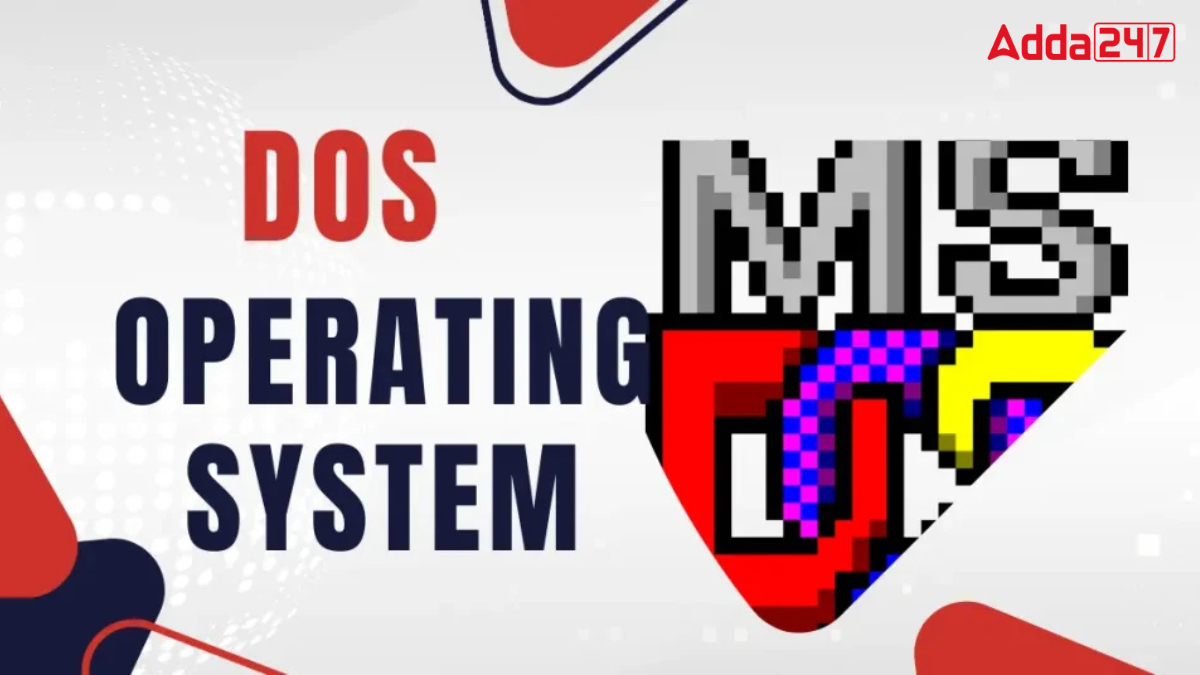DOS stands for Disk Operating System. It is an operating system that was widely used in the 1980s and early 1990s, especially in its popular version, MS-DOS (Microsoft Disk Operating System). DOS allows users to interact with the computer through text commands typed on a command line. Although it is not used much today, DOS played an important role in the early days of personal computing and influenced later operating systems.
DOS Full Form
DOS stands for Disk Operating System, a software system that helps control and manage files on a computer. It provides a command line interface where users enter instructions in the form of text commands.
What is DOS?
DOS, or Disk Operating System, is an early operating system that allows users to manage files and run programs through text commands. Popular in the 1980s and early 1990s, especially with MS-DOS by Microsoft, it uses a command-line interface where users type instructions. DOS was efficient for single-user tasks but lacked multitasking and networking features.
History of DOS
Microsoft licensed DOS on July 27, 1981, and launched its first version, MS-DOS, in August 1981, designed for IBM computers. Over the years, new versions of MS-DOS were released, each adding more features. The final version, MS-DOS 6.22, came out in April 1994. In 1995, Windows 95 was released, which included MS-DOS 7.0 but mainly focused on a graphical interface.
Main Features of DOS
Here are the main features of DOS, Disk Operating System:
- Efficient File Management: DOS allows easy management of files. Users can create, edit, and delete files with simple commands, making it a useful system for organizing files.
- Command Line Interface: DOS provides a command prompt, where users can input commands to perform tasks. This interface allowed users to directly communicate with the computer.
- Single-User System: DOS was designed for one user at a time. It can only be used by one person on a single computer at once.
- Limited Storage: DOS has a maximum space limit of 2 GB, which was sufficient at the time but is very small by today’s standards.
- 16-Bit System: DOS is a 16-bit operating system, meaning it processes data in 16-bit chunks. This is slower than modern systems, which use 32-bit or 64-bit processing.
Advantages of DOS
- Simple Commands: DOS commands are generally easy to remember and use, making it a straightforward system for beginners.
- Free to Use: DOS can be installed for free, which makes it accessible for anyone who wants to learn basic computing.
- Fast and Lightweight: DOS doesn’t require much space or processing power, so it can run on smaller machines. This also makes it boot up quickly.
- Direct Access to Hardware: DOS allows users to directly access the BIOS (basic input/output system) calls, which lets them control hardware without extra software.
- No Multitasking Overhead: Since DOS does not support multitasking, it uses fewer resources, making it faster for single tasks.
Disadvantages of DOS
- No Multitasking: DOS does not allow multiple programs to run at the same time, so users can only work on one task at a time.
- Limited Storage: DOS is limited to 2 GB of storage, which cannot be extended, a constraint for users with large files.
- Single User Only: DOS cannot support multiple users, which limits its use in collaborative or multi-user environments.
- No Networking Support: DOS does not support network connections, so it cannot connect to the internet or other computers directly.
- Simple Graphics: DOS only has basic graphics capabilities, with no support for complex visual interfaces.
Common DOS Commands
Here are some basic commands used in DOS:
- DIR: Displays the contents of a directory, showing all files and folders.
- ERASE: Deletes files from the computer.
- MOVE: Moves files from one directory to another, helping users organize their files.
- EDIT: Launches a text editor for creating or editing simple text files.
- CLS: Clears the screen of any previous commands, giving a fresh prompt.




 GMT Full Form: Know Its Meaning, Formati...
GMT Full Form: Know Its Meaning, Formati...
 DNA Full Form: Know Its Meaning, Structu...
DNA Full Form: Know Its Meaning, Structu...
 What is the Full Form of FBI? Know Every...
What is the Full Form of FBI? Know Every...







